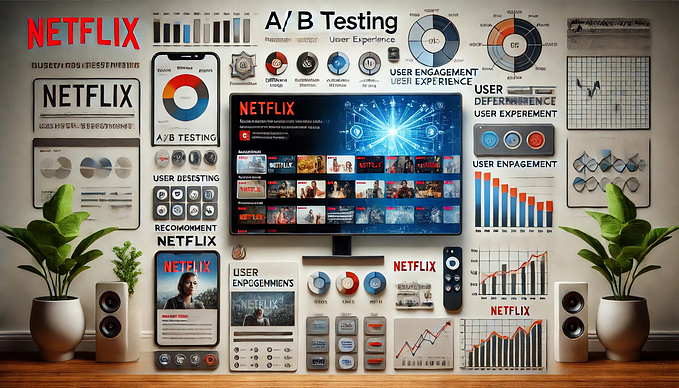Member-only story
Engaging your company with customer interview data
The fields of user experience and product management have long recognized the value of regular customer communication. Whether conducting generative research to understand customer problems or evaluative research to verify solutions, customer interviews are critical to ensuring that the features and products you release are well received.
While user experience professionals, product managers, engineers, marketers, salespeople, and other employees may conduct customer interviews, the rest of the company is often unaware of this valuable flow of information. Interview notes are often scattered across document files, Salesforce records, wiki pages, and employees’ memories. As a result, decisions across departments are made without being properly informed. In addition, particularly in B2B environments, the same customer may be interviewed multiple times by different employees who are unaware of the previous interviews, leading to frustration when they are asked the same questions.

I observed this very problem as the UX Manager for RightScale. In particular, I noticed incidents where our account managers would be unaware of product and UX interactions with customers until it was brought up by the customer on a sales call. To address this issue, I led an initiative to standardize our customer interview tracking and recording and share it with the rest of the company. In this article I will share the outcomes and learnings from that process so that you too can improve your own customer interview tracking and sharing processes.
Standardizing the repository of interview notes
The first step in tackling this problem is to standardize on a single tool, location, and format as the source of truth for customer interview notes. Ideally, this initiative is executed across the company, with support from senior management, but that often isn’t possible. Instead, the initiative may begin with a single department, or even a single product development team. In such situations where the initial initiative occurs in a smaller portion of the company, steps should be taken with the ultimate goal of expanding the initiative across your organization. At RightScale, I began with the product department before expanding further.









